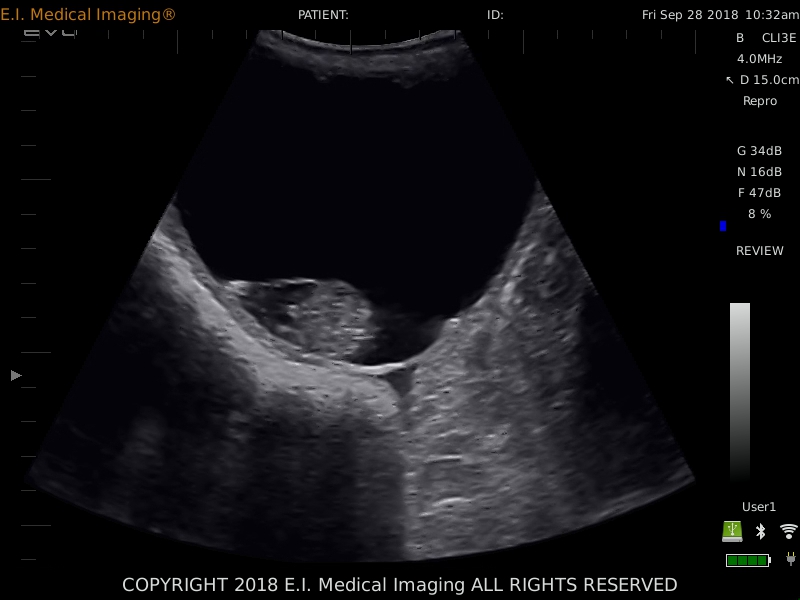
It's funny because it’s true.... but don’t be this person! Overuse of gain can result in a washed out image and unnecessary noise. Before reaching for that gain control, consider your contact, transducer choice, and frequency.
All ultrasounds have gain control. It’s often a knob, button, and/or a series of sliders on the console, and it’s one of the most used and adjusted scanning parameters... but do you know what it really does?












